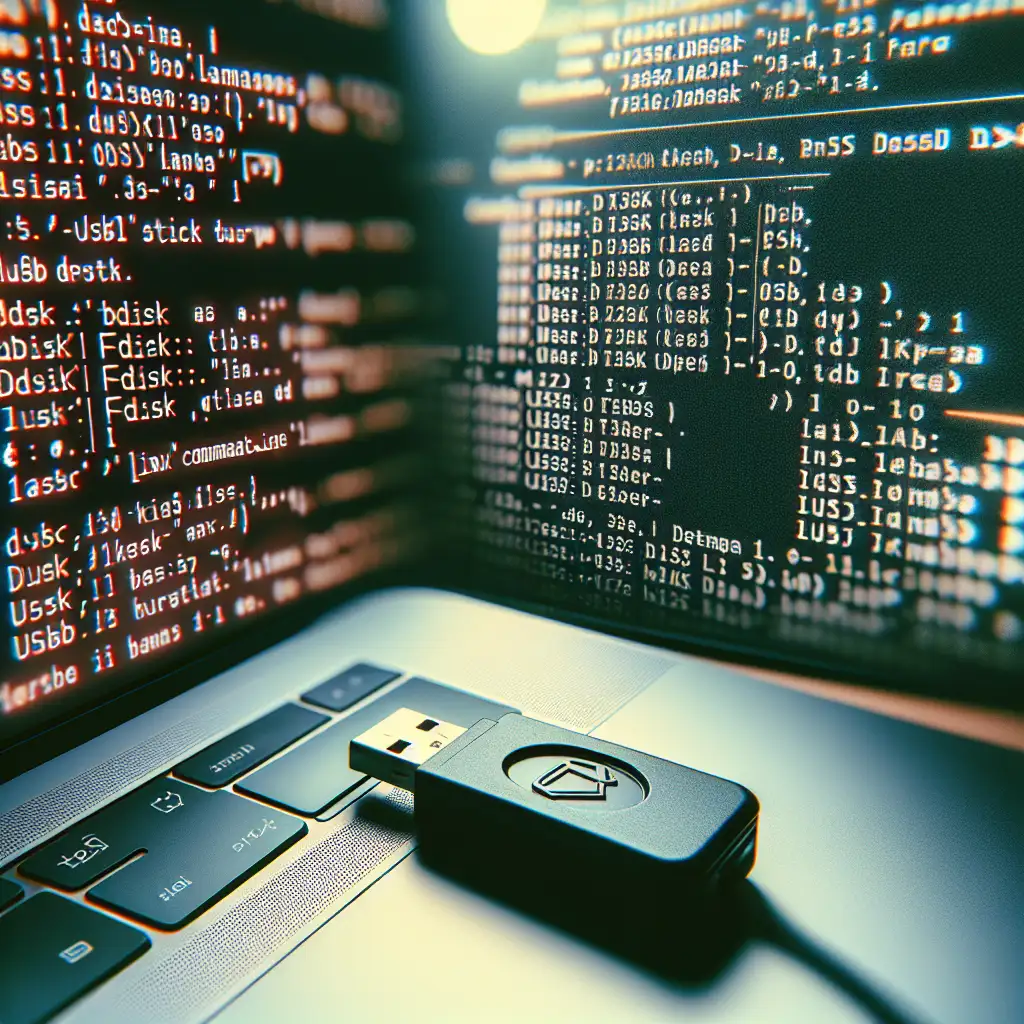Mastering USB Formatting on Linux: Command-Line Precision for Reliable Storage Setup
Formatting a USB drive on Linux isn’t just about erasing data; it's about aligning the device's partitioning and file system to your operational requirements, whether prepping for portable backups, bootable media, or scratch storage. Command-line tools outperform most GUI solutions on speed, clarity of process, and repeatability.
Scenario: USB Drive Incorrectly Recognized Due to Legacy Partitioning
A 32GB stick originally set up for a Windows installer now appears as three partitions and 100MB of free space on a modern Fedora laptop. Even GNOME Disks can't repair it. Here's how to sort it out, assuming util-linux ≥ 2.34 and parted ≥ 3.4 are available.
1. Confirm Device Path
Misidentification leads to data loss. Use both commands for cross-verification:
lsblk -o NAME,SIZE,TYPE,MOUNTPOINT,VENDOR
and
dmesg | grep -i "attached"
Typically, USB flash devices map to /dev/sdb or /dev/sdc. Ignore partition suffixes at this point.
2. Unmount All Mounted Partitions
If anything under /dev/sdX* is mounted, unmount it. Otherwise, commands like mkfs will fail with "device busy":
sudo umount /dev/sdb1
sudo umount /dev/sdb2 # repeat as needed for each partition
Check with mount | grep sdb; if output is empty, you're clear.
3. Sanitize: New Partition Table
Older sticks may contain residual GPT protective MBRs or hidden UEFI partitions.
For legacy BIOS/UEFI dual compatibility:
sudo parted /dev/sdb --script -- mklabel msdos
For modern (UEFI-only) setups and >2TB drives:
sudo parted /dev/sdb --script -- mklabel gpt
If parted throws Error: Error informing the kernel about modifications to partition, eject and reinsert the stick or use sudo partprobe.
4. Partition the Entire Device
One primary partition is typical for general use. For FAT32 spanning the whole disk (cross-platform usable):
sudo parted /dev/sdb --script -- mkpart primary fat32 1MiB 100%
- FAT32 can't handle files >4GB; for larger files, use exFAT or NTFS.
- For ext4 (Linux native), simply replace
fat32withext4.
If the USB is not block-aligned (unusual, but relevant for performance with SSD-based sticks), add -a optimal to parted.
5. Format the Partition
First, confirm the partition node (typically /dev/sdb1):
lsblk /dev/sdb
Then format:
| Use Case | Command | Notes |
|---|---|---|
| FAT32 | sudo mkfs.vfat -F 32 /dev/sdb1 | Legacy BIOS/UEFI boot media |
| ext4 | sudo mkfs.ext4 -F /dev/sdb1 | Linux-native |
| exFAT | sudo mkfs.exfat /dev/sdb1 | apt install exfatprogs first |
| NTFS | sudo mkfs.ntfs -Q /dev/sdb1 | Use with Linux/Windows |
Note: mkfs.ext4 includes journaling, which taxes flash lifespan—prefer FAT/exFAT for expendable sticks.
6. Verification
Query filesystem and label:
lsblk -f | grep sdb
sudo blkid /dev/sdb1
Sample output:
/dev/sdb1: UUID="62A3-10D7" TYPE="vfat" ...
Mount to check write access:
sudo mkdir -p /mnt/usbtest
sudo mount /dev/sdb1 /mnt/usbtest
sudo touch /mnt/usbtest/testfile
ls /mnt/usbtest/
sudo umount /mnt/usbtest && sudo rmdir /mnt/usbtest
Write failures here usually indicate a mismatch between mkfs options and hardware type (seen with some bad OEM sticks, or those with hardware write-protection).
7. Tips and Gotchas
- Critical: Never run partitioning or formatting on
/dev/sdaunless you intend to wipe your root disk. - Prior partition tables: Some UEFI firmwares cache GPT/MBR mapping; fully unpower stick after modification for reliable BIOS boot.
- exFAT on Debian: On older distributions,
exfat-utilsis obsolete—preferexfatprogs. - Flash wear: USB sticks are not designed for high-frequency reading/writing; for log collection or transactional workloads consider SSD+enclosure instead.
- Real-world issue: Some sticks falsely advertise size—formatting as ext4 sometimes reveals media defects (I/O errors during write).
Summary
Command-line tools (parted, fdisk, mkfs) enable precise, scriptable setup of USB storage on Linux. Direct manipulation of partition tables and filesystems yields predictable, auditable results, especially when preparing drives for cross-platform boot or media install. GUI tools have their place, but rarely match the reliability or transparency of direct sysadmin-level commands.
Reference: For deep-dive options see man parted, man mkfs.ext4, and man lsblk.
Alternative note: For intricate partitioning (multi-boot scenarios, persistent live media), gparted or specialized scripts can offer additional granularity, but aren't covered here.
For most engineers, this workflow is robust—repeatable across distributions and device models. Maintain a backup; always validate with small test files before deploying live.
